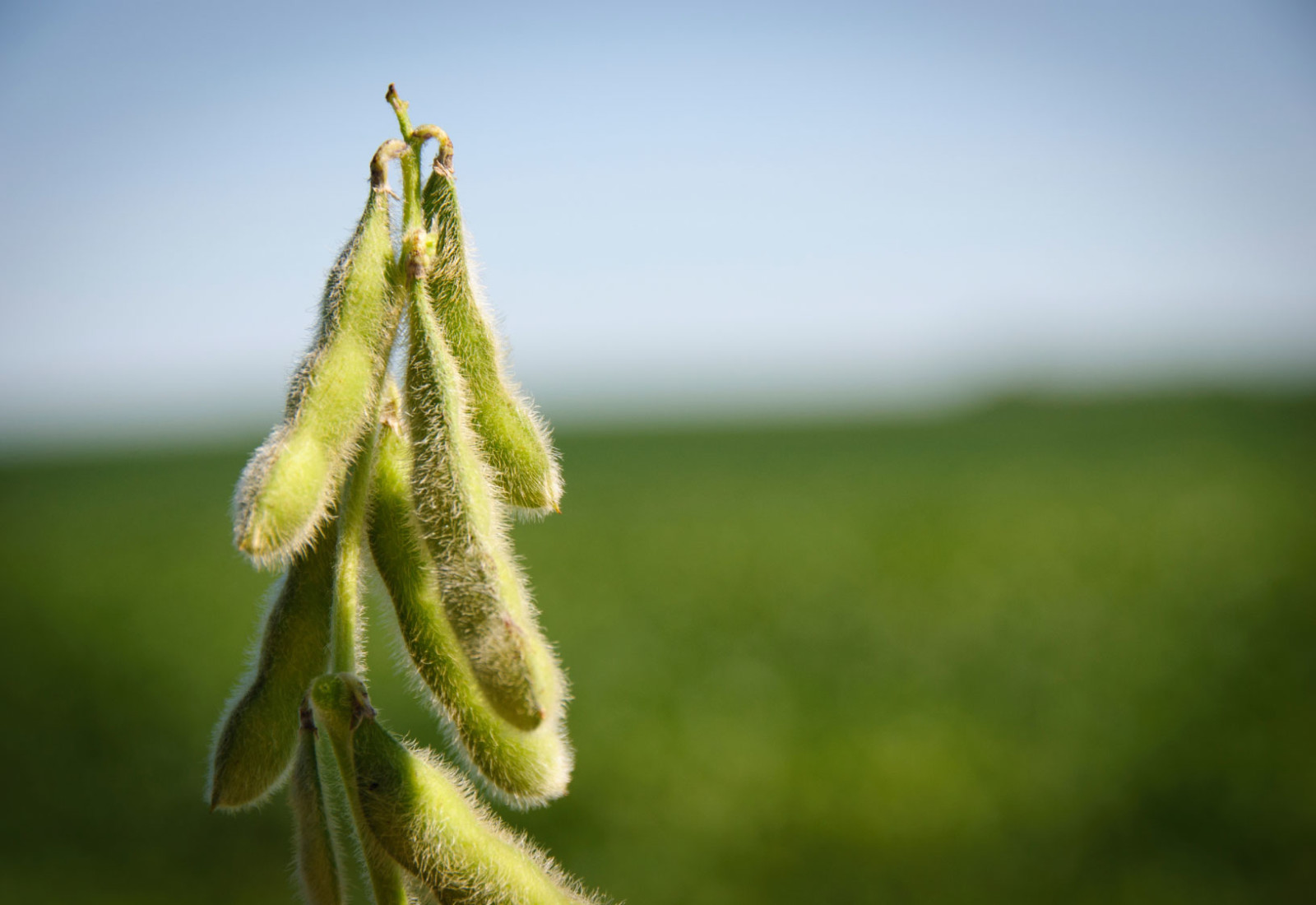Insure your soybeans? Happy to do it, say provincial agencies

By John Dietz
Depending on where you farm, soybeans have gone from risky to a major crop. One indicator is insurability.
Back in 2004, Manitoba was the only province offering insurance for soybeans. That year, frost in the third week of August destroyed most of the fledgling acres. Luckily, things have improved since then.
“We paid out $14 for every dollar of premium we collected that year. It was a big scare to producers and ourselves as to whether soybeans would be viable in Manitoba,” recalls Doug Wilcox, manager of product knowledge and support for the Manitoba Agriculture Services Corporation (MASC), Portage la Prairie.
Today, insurance for soybean crops is offered at some level across virtually all annual crop land in Manitoba, Saskatchewan and Alberta.
Limited programs began in 2010 in southeastern Saskatchewan and in 2015 in Alberta.
Alberta insurance
Ken Handford, product development analyst, AFSC, says soybean crop insurance was introduced in a limited area of Alberta as part of the New Crops Insurance Initiative (NCII).
Hail coverage also is offered on most NCII crops, including soybeans.
Participation has jumped, from less than 1,000 acres in 2015 to more than 6,000 insured soybean acres in 2017.
“The growth seems to be expanding all over the province. We get both irrigation and dryland acres insured,” Handford says.
“This year, the area restriction was removed. We left it wide open to the industry, to say where it was OK to grow soybeans. If producers want to purchase seed and grow soybeans, we won’t inhibit them in any way.”
Initial coverage is based on selected costs of production (COP), including the cost of seed, fertilizer, chemicals, fuel and a land cost factor. When a client grows and insures the crop with AFSC, their dollar coverage will be based on the COP, plus 70% of the individual yield the client produced and the current commodity price.
“The NCII program was introduced to allow clients the opportunity to insure new and innovative crops not eligible for regular production insurance. The hope is, as crops gain popularity and increase in acres, that they will transition over to the regular production insurance program,” Handford says.
Saskatchewan insurance
Christie Wolf, SCIC research analyst, says Saskatchewan started with offering soybean insurance in a limited region in 2010 and expanded to a second zone for 2013 which “now covers a significant portion of the province.”
Saskatchewan treats soybeans as a new crop. The acres are increasing, but most growers have only one or two seasons of soybean production. The insured coverage maximum is 70% and is area-based. Individual yield histories are not considered.
“We do need a solid ten years of data before we can begin an individualized program. We did review a five-year option in 2016 to see if we could fast-track it, but we just felt we didn’t have enough information,” Wolf says.
One big change was introduced for 2016.
“Prior to 2016, we had a list of insurable varieties. We opened it up in 2016. Now we will insure any variety that in our opinion is suitable for the growing conditions where it is being seeded,” Wolf says. “That’s a reflection of the fact that there are many more suitable varieties on the market.”
Saskatchewan growers seeded approximately 700,000 acres of soybeans in 2017. Of that, Wolf says, the SCIC insured about 550,000 acres.
Manitoba insurance
Soybean crop insurance through MASC has undergone a stream of changes since it was launched in 1985, says Wilcox.
“Since 2013, we’ve had three areas for growing soybeans, and a test area that represented a quarter of agro-Manitoba,” Wilcox says. “a lot of acres were being grown there successfully, so this year the test area became Area 4 for soybeans. That’s a major change.”
Insurance still has a yield guarantee and a premium, variable by region and individualized for experience. For a new producer in 2018, at 80% coverage, the dollar per acre coverage varies from $261 an acre in Area 4 in 2018 to as much as $316 an acre in Area 1.
“Under individual coverage, experience counts quickly because we use a five-year fast track methodology. Actual experience adds up pretty fast. After 10 years’ experience, we exclusively use your own full history and not any Area average to set your coverage,” he says.
Fine tuning is underway, Wilcox adds.
It includes consideration of adjustments that would buffer the impact of hard-hitting hail claims and possible revisions to the seeding deadlines.
Other changes are being considered, Wilcox says.
Right now, procedures for calculating hail loss are based on American trial results. Manitoba trials are underway to better reflect the real impact of hail on current varieties within Manitoba.
“We insure 90 to 95% of the annual crop acres in Manitoba, including more than two million acres of soybeans in 2017. Soybeans have become a major crop, and are expected to continue to be a major part of our insurance program for many years to come.”



